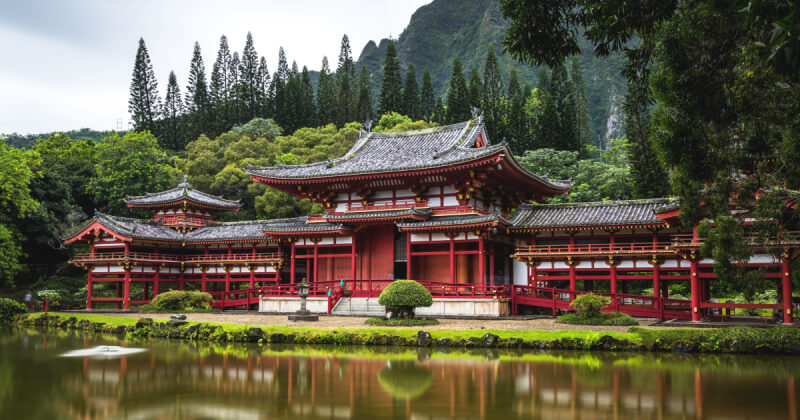An Introduction to Feng Shui
“More than interior design, Feng Shui brings your space into harmony and alignment with your personal energy and life vision. It is an investment in your own potentiality” – Aelita Leto
What is Feng Shui?
- Relationship between Time, Space, and Humanity
- A tool for success in life and business
Classical Feng Shui is a Chinese discipline which utilizes living art and science to holistically understand the relationship between an individual and their environment. Feng Shui is the arrangement of space to create harmony within the environment. Feng Shui emphasizes human intention and enables individuals to reach their maximum potential.
Feng Shui is not just:
- A spiritual practice
- Reliant on spells, magic totems, crystals, etc.
- Interior design
Practitioners of Feng Shui ask questions like “How can a person’s capacity to succeed be bettered by their environment? What can change?” In order to assess these questions, practitioners analyze how a person’s intentions for an environment support their needs. Their goal is to understand both an individual and the land, resulting in a masterful perspective on how to nourish good energy in an environment in structural plans and ideal forms for an individual’s lifestyle. Feng Shui takes one from the macrocosm of the universe, to the microcosm of the individual person.
Classical Feng Shui applies tools such as Chinese natal charts, the Luopan Compass, and an understanding of Qi distribution to appraise the energy of an environment and its potential relationship with an individual. This makes Feng Shui a valued practice for purchasing a home, developing land, rating an efficient working environment, and being successful.
THE “LAW OF THE LAND”
One of the most important aspects in Feng Shui is Qi: the flow of energy that exists in everything. We relate to three major Qi: Heaven, Earth, and Human. When all of the elements are balanced, there is harmony. Qi is distributed through the environment through natural means but can be blocked by obstructions. In order to achieve balance, an environment can be assessed by a Feng Shui practitioner who can guide an individual closer to achieving harmony with their space.
HISTORICAL CONTEXT

About 6000 years ago, Feng Shui developed in rural China as a discipline which determined where the most prosperous locations to settle would be. Feng Shui is inspired by geographical interpretation, ancient astronomy, Daoist philosophy, and Chinese folklore. “Feng” can be translated to Wind and “Shui” can be translated as Water. Ancient Chinese practitioners recognized the cyclical nature of their environment and the importance of the natural world to human life. They consequently used Feng Shui to bring happiness, success, and prosperity.
Recognizing the power of Feng Shui, Chinese practitioners passed their knowledge down from generation to generation, allowing the discipline to evolve with time. While originating from a rural context, contemporary Feng Shui has a variety of practical applications encouraging businesses and individuals to thrive.
CONTEMPORARY APPLICATION
While Classical Feng Shui was originally practiced in China and traditionally a coveted secret, contemporary practitioners can be found working all across the globe.
Today, the same tools of Chinese natal charts, the Luopan Compass, and an understanding of Qi distribution are used in tandem with modern technologies like Google Maps and biophilia (the science of how the human sensory system responds to the environment). These tools help contemporary Feng Shui practitioners understand the relationship between human intention, time, and space in new and exciting ways– allowing for varied contemporary application.
Article by Eliza Hallinan

